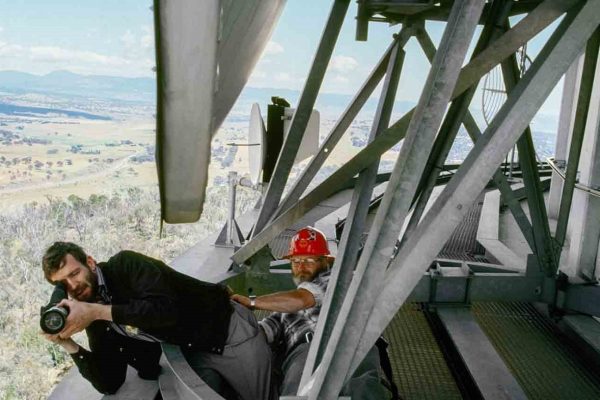
Photography / Focus – Australian Government Photographers. At the National Archives of Australia. Reviewed by CON BOEKEL.
The National Archives conserves millions of negatives and stills captured by staff photographers for government agencies and departments between 1939 and 1996.
Focus outlines the institutional arrangements within which the photographers worked, their career progression and samples of their work.
The photographers were lifetime professionals. They mostly started by puttering about with a cheap camera. They then nearly all spent extensive time in the darkroom mastering photography’s technical underpinnings. They processed manually the many things that computers do now with respect to capture, post-processing and display.
Their main brief was selling Australia and, incidentally, the government of the day. They were nearly all men who mostly worked to men and mostly for the men who governed Australia. Do not expect to see domestic interiors or many images from feminised industries.
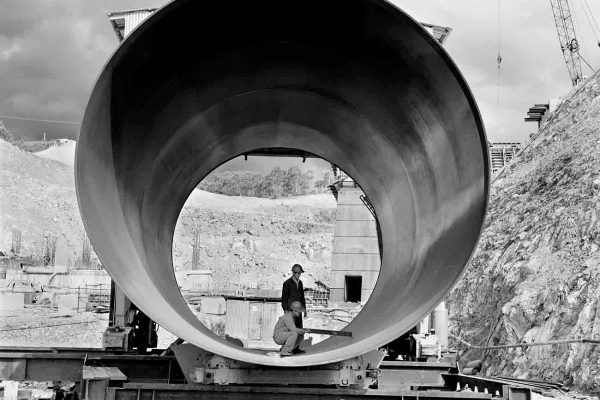
What we are meant to see is Australia as a desirable place to live and a desirable investment destination. Australians at work and play are also dominant themes. Rural and regional Australia landscapes are romanticised. Wealth for toil is ennobled. Important events are recorded but social or political conflicts are largely absent.
And here we arrive at the truly wonderful thing about this exhibition. Despite being bound by public service constraints, despite the limited scope of their briefs and despite the documentary requirements of photo realism, these photographers simply could not help themselves. Creativity would out. It is enjoyable to work through the set of photos provided for each photographer and to spot the signature style elements.
The curation of the exhibition by Emily Catt here is excellent. It brings out the tensions between being government handmaidens and the urge to be creative artists.
The funding organisations also contracted photographers. This provided openings for such photographers as Mervyn Bishop, Harry Frauca and Jocelyn Burt.
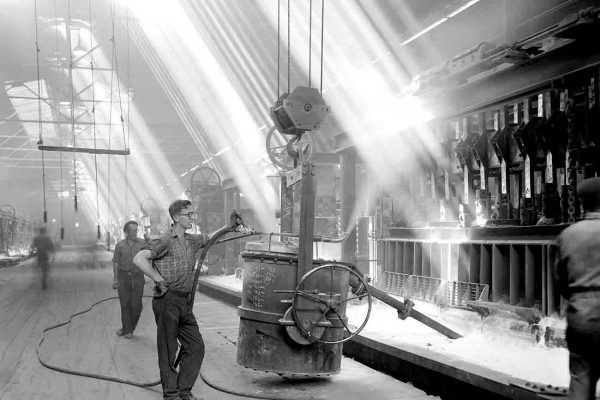
Part of the attraction of this exhibition comes from it being based on a bygone technical era. Since 1996 there has been a societal shift from analogue to digital photography. Everyone now has a phone camera. Capturing an image now has virtually no financial, resource or time costs. Everyone is now both a photographer and a subject. Display via social media is unconstrained.
There has also been significant downward pressure on the entry costs of high-end equipment. Harry Frauca’s top-shelf wildlife photography can now be emulated by thousands of photographers with a digital camera, the right lens and enough patience.
Personal privacy in public spaces is increasingly contested.
That was then. This is now. These changes have combined to diminish the potential scope of government photographers as pictorial gatekeepers.
Most of the photographers featured in this exhibition have passed away. While it might be said that their images do the talking, I would like to have heard their voices as part of the exhibition. They remain shadowy personalities in a public service sort of way. Who were they, really?
Focus is an excellent lens into the work of the government photographers who bequeathed us a store of priceless and irreplaceable imagery and, withal, some wonderful creativity.
Who can be trusted?
In a world of spin and confusion, there’s never been a more important time to support independent journalism in Canberra.
If you trust our work online and want to enforce the power of independent voices, I invite you to make a small contribution.
Every dollar of support is invested back into our journalism to help keep citynews.com.au strong and free.
Thank you,
Ian Meikle, editor
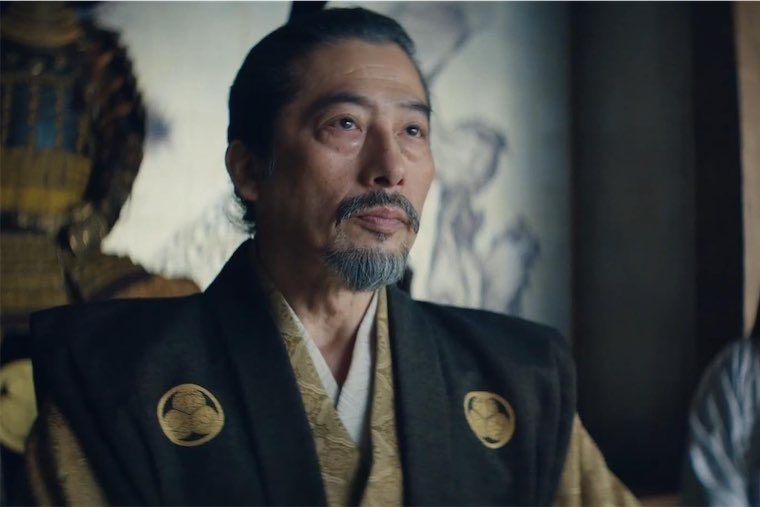
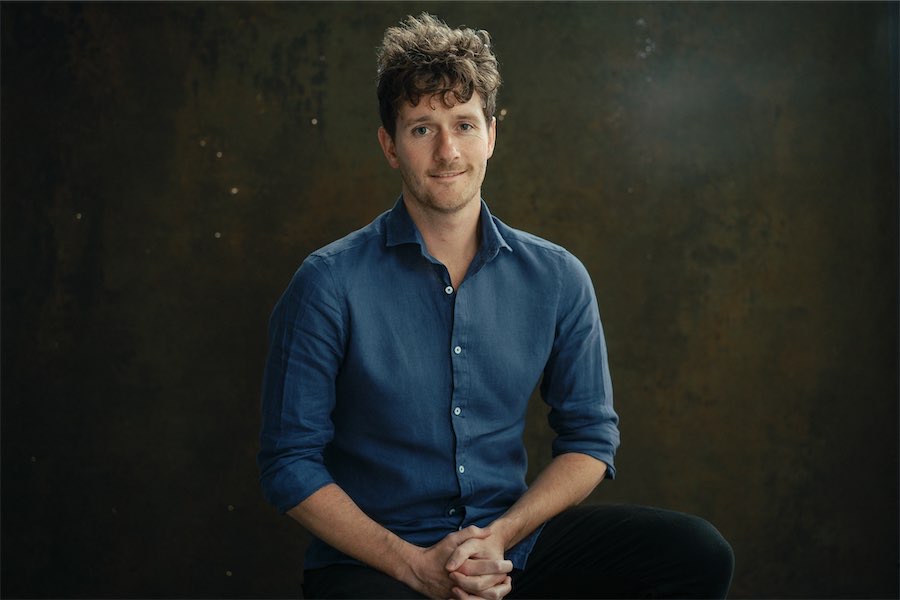


Leave a Reply